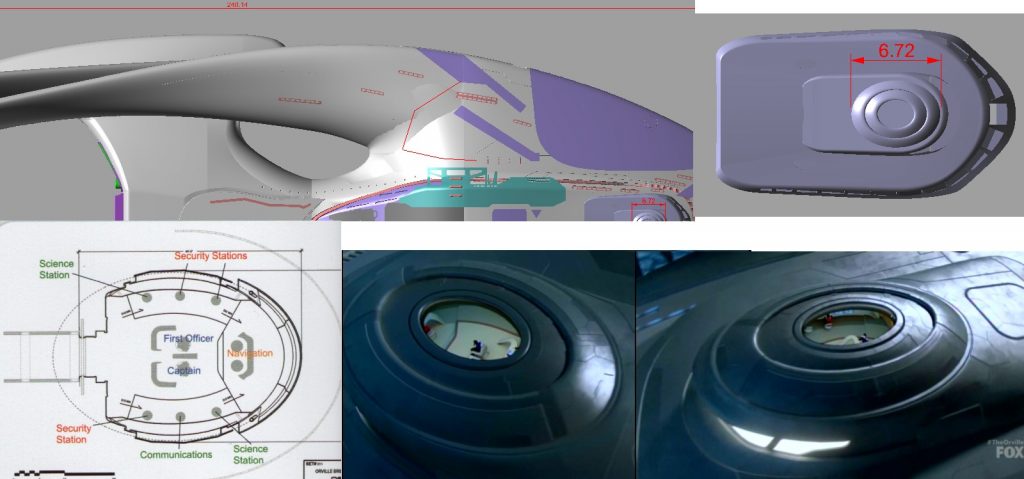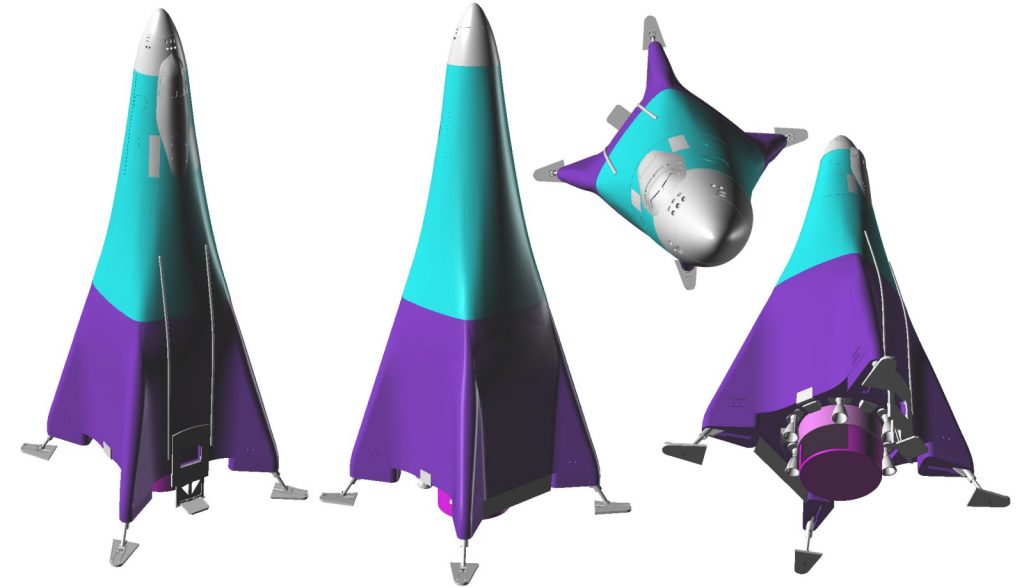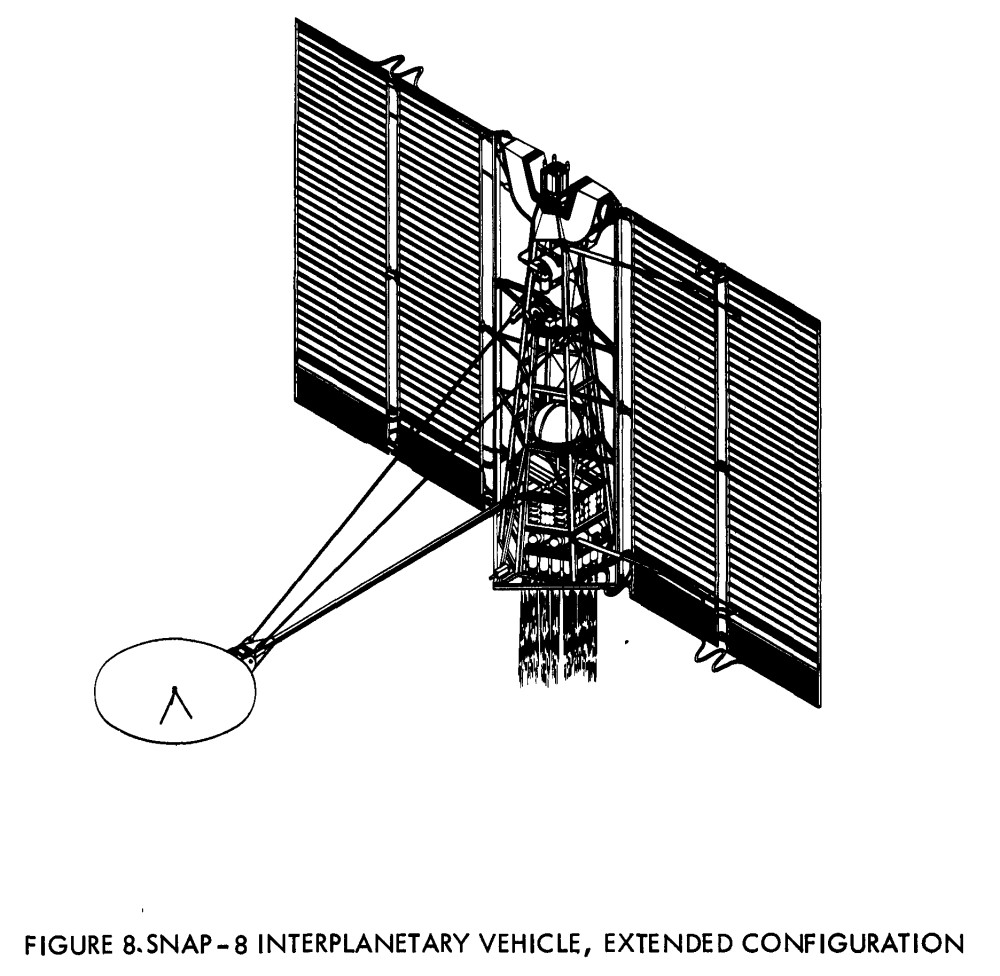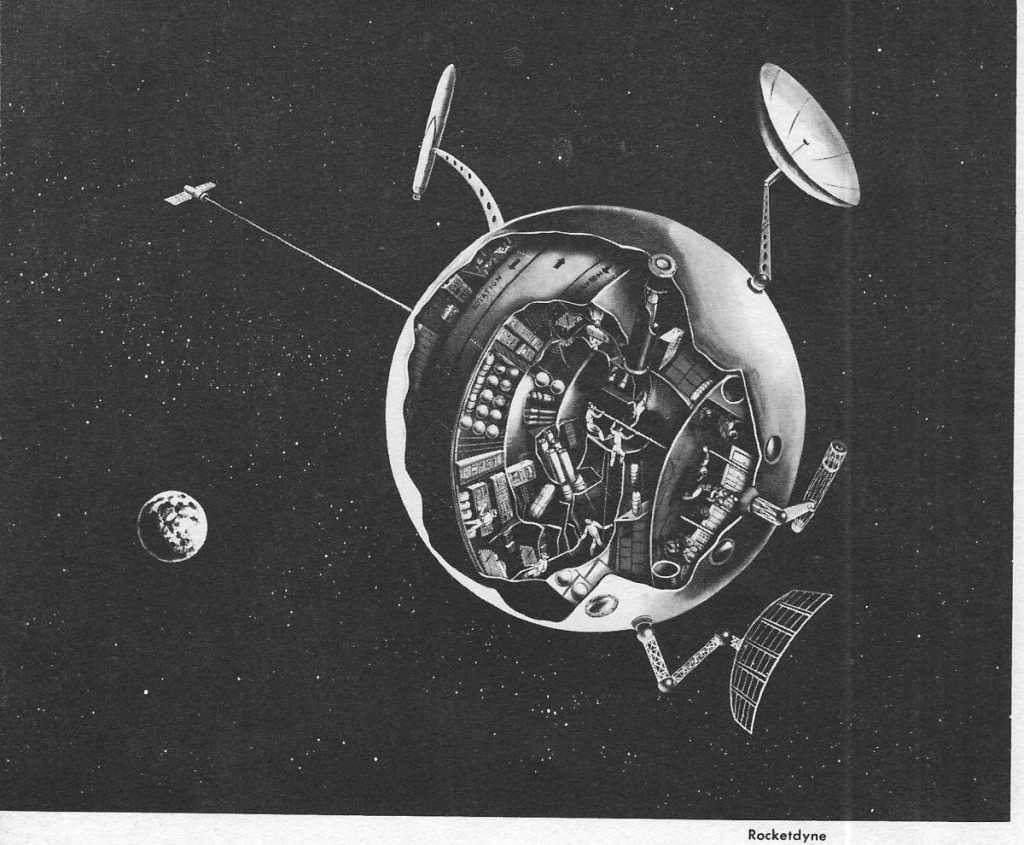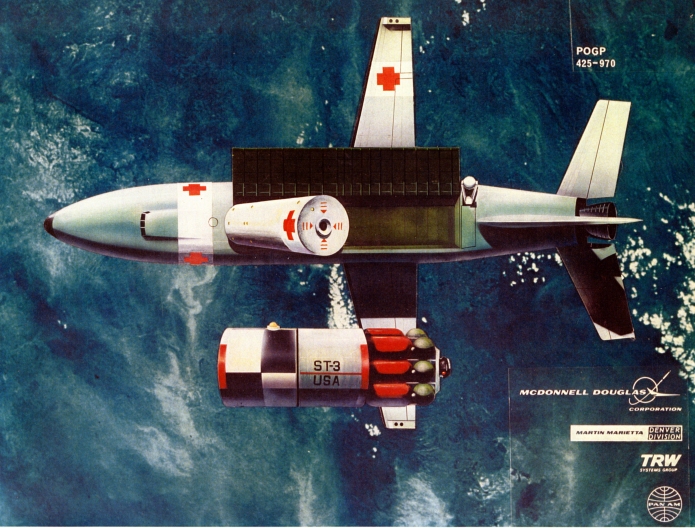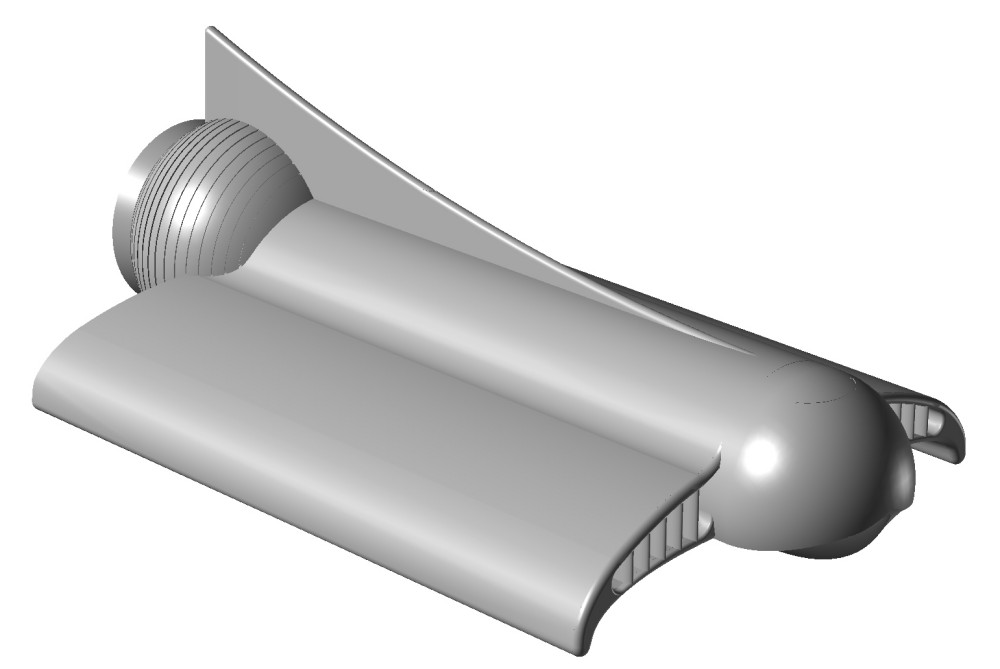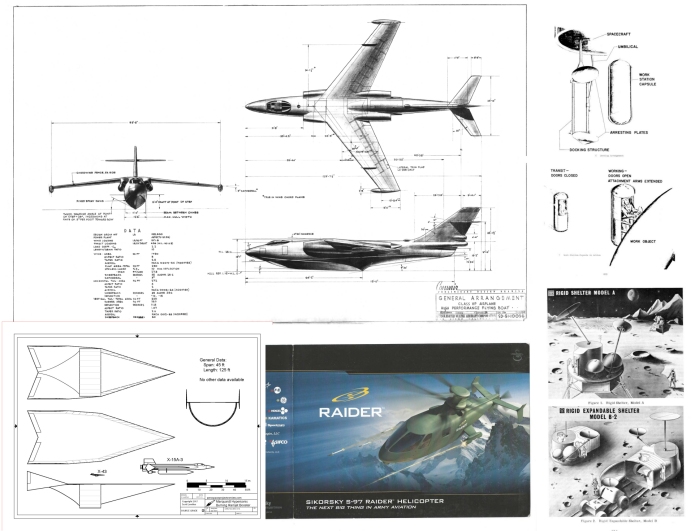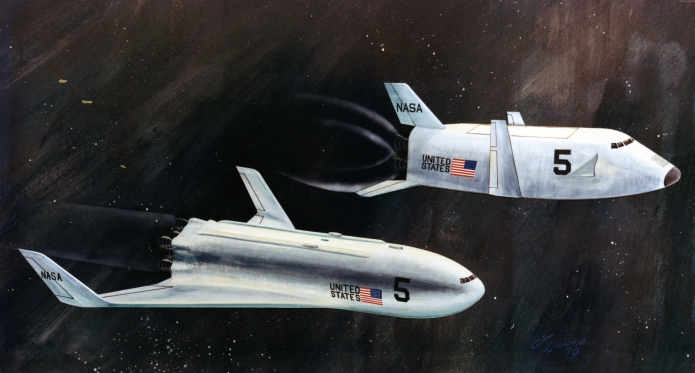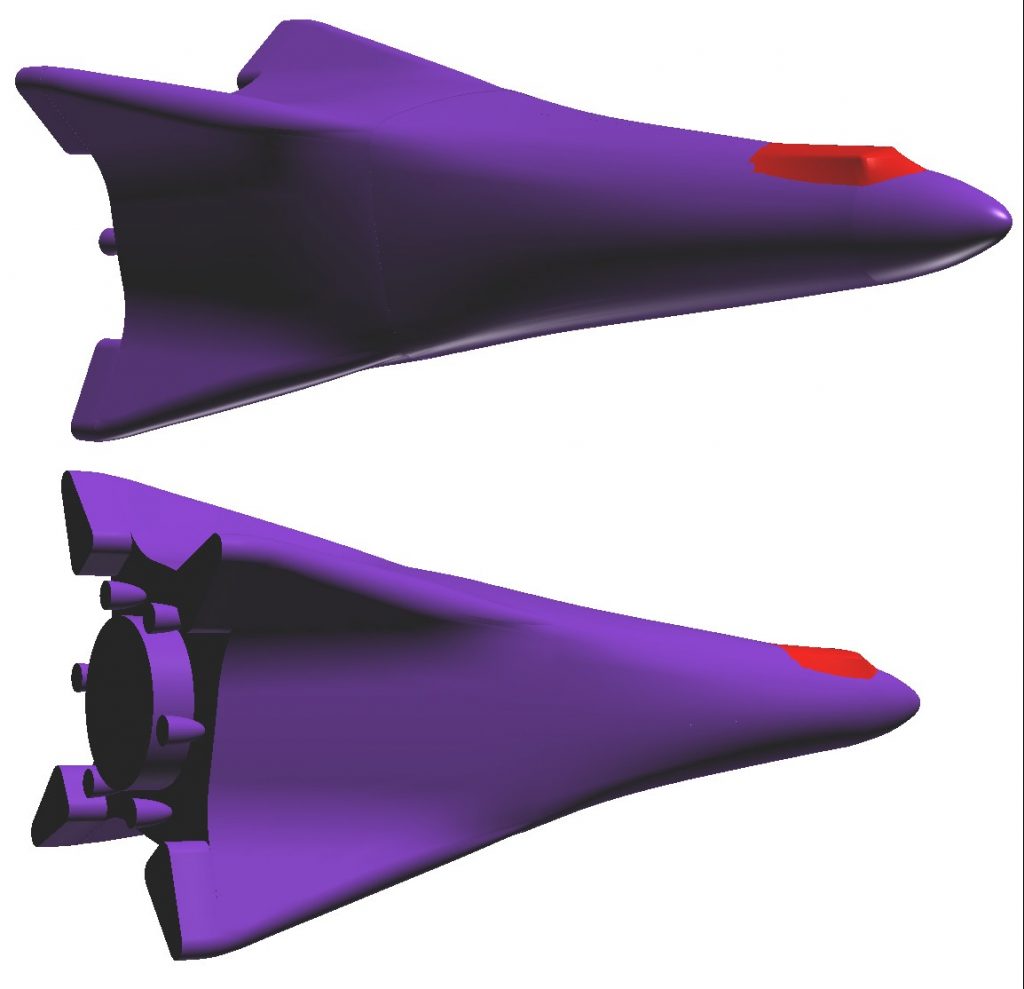Some while back I tried to rationalize the size of the Orville based on a cutaway shown on bridge displays. I did a serviceable job, IMO, given the data at hand… and with the caveat that going in I *knew* the diagram as shown to be wrong. Following that I was waiting for the “World of Orville” book, hoping it would come right out and say how big the ship was. When i heard that it gave no such dimensions, I was disappointed. This morning, however, I found out that the book has a scaled diagram of the bridge. And since the bridge is visible from the outside of the ship, I re-scaled the ship. Here’s what I used:
My assumption here is that the ellipse of the bridge dome is essentially the same dimensions as the ellipse of the bridge “footprint” shown in the diagram. The bridge ellipse is about 48.4 feet long, per the diagram. The bridge ellipse on my model is 6.72 mm long. The ship model as a whole is 240.1 mm long. So if 6.72 mm = 48.4 feet, then 240.1 mm = 1729 feet, or 527 meters. This is substantially bigger than the 337 meters I’d previously estimated, but it does mesh a whole lot better with what’s seen on screen.
So:
1/350 scale: 59.3 inches
1/1000: 20.75 inches
1/1400: 14.8 inches
1/2500: 8.3 inches
Clearly, the proper scale for this model is 1/350. But that might wind up being a bit on the spendy size. So… who agrees with my assessment? Who disagrees? What scale y’all want?
